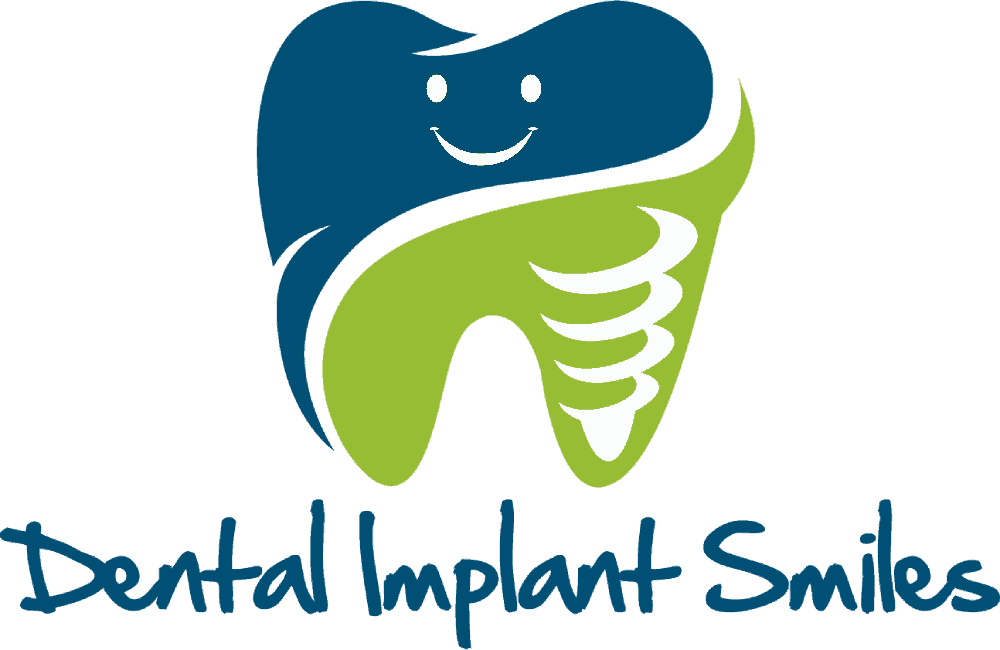Oral Hygiene Instructions
Gum disease is an ongoing bacterial infection in the gums and the bone. It occurs typically when plaque (the sticky white stuff) is not removed. The plaque which contains bacteria then hardens, becoming tarter (the yellow, brown, black “stains”), which makes it extremely difficult for you to remove. From there the tarter and bacteria begin to migrate below the gum line creating toxins which actually “eat” away the bone. Teeth will eventually become loose and are eventually lost without intervention.
Pockets, or the spaces between your teeth and gums, are measured to help diagnose gum disease. If your pockets are deeper than 4mm, you may have an active bacterial infection.Take action – Talk to Dr. Khoury about how to reduce your pocket numbers.
Brushing
Tooth brushing is one of the most important aspects of good oral hygiene. Others include flossing and diet. Which brand or type of brush is the best to use? A soft brush is best. Medium or hard can cause damage and wear to the soft tissues surrounding the teeth, as well as unnecessary wear to the tooth outer surface called enamel. Tooth brushes should be replaced often, usually after three to four months or after a bad cold or flu. Ideally, one should brush after each meal, but at least in the mornings and before bedtime.
What types of bristles should a toothbrush have? The answer again depends on personal preference, however, studies have found that synthetic bristles are best due to their ability not to split as often as natural bristles. This splitting of the bristle ends can cause severe gum irritations and eventually recession of the gums and tooth sensitivity. If one uses a synthetic soft bristled toothbrush that is replaced often, it will not cause this irritation.
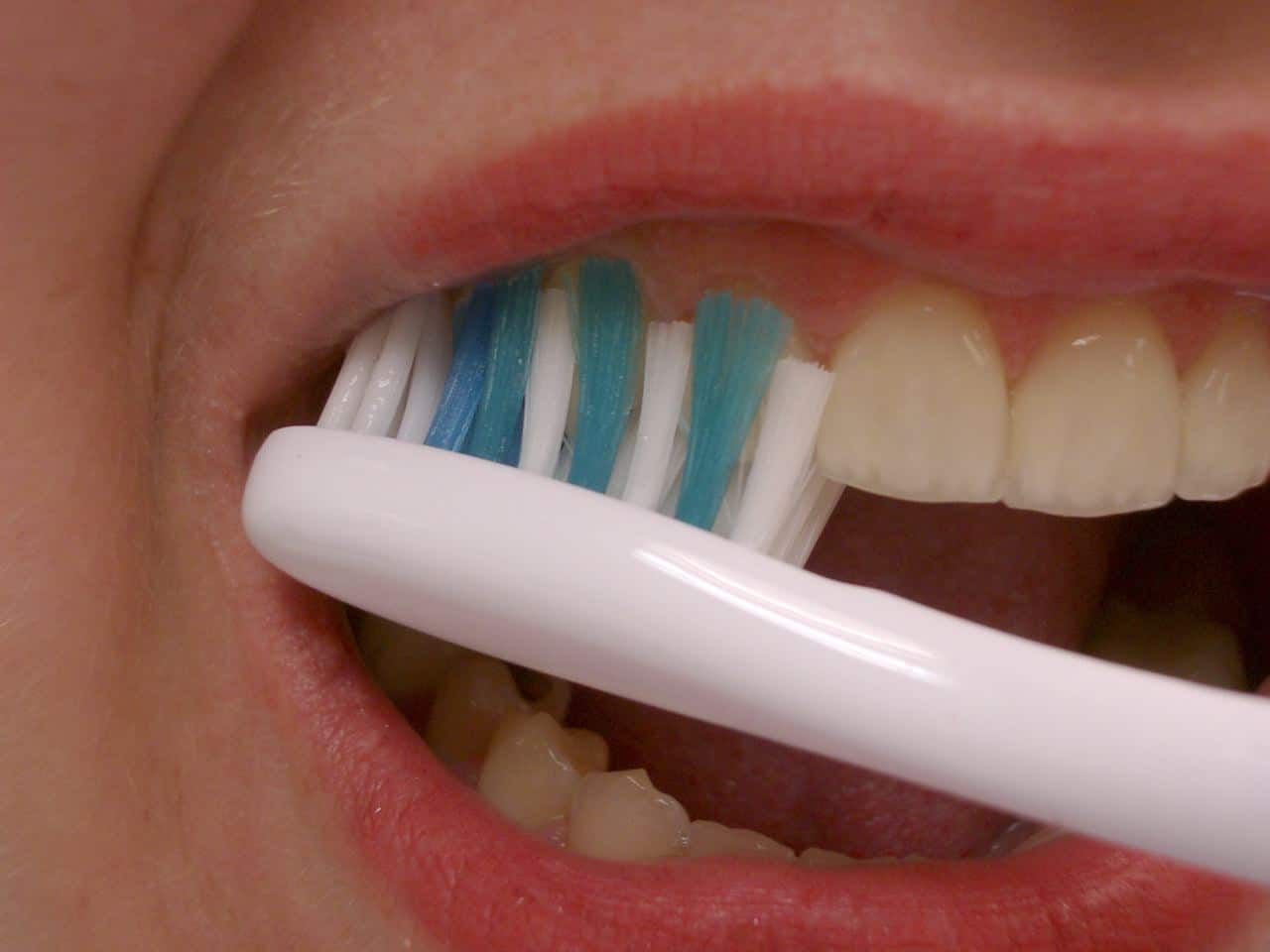
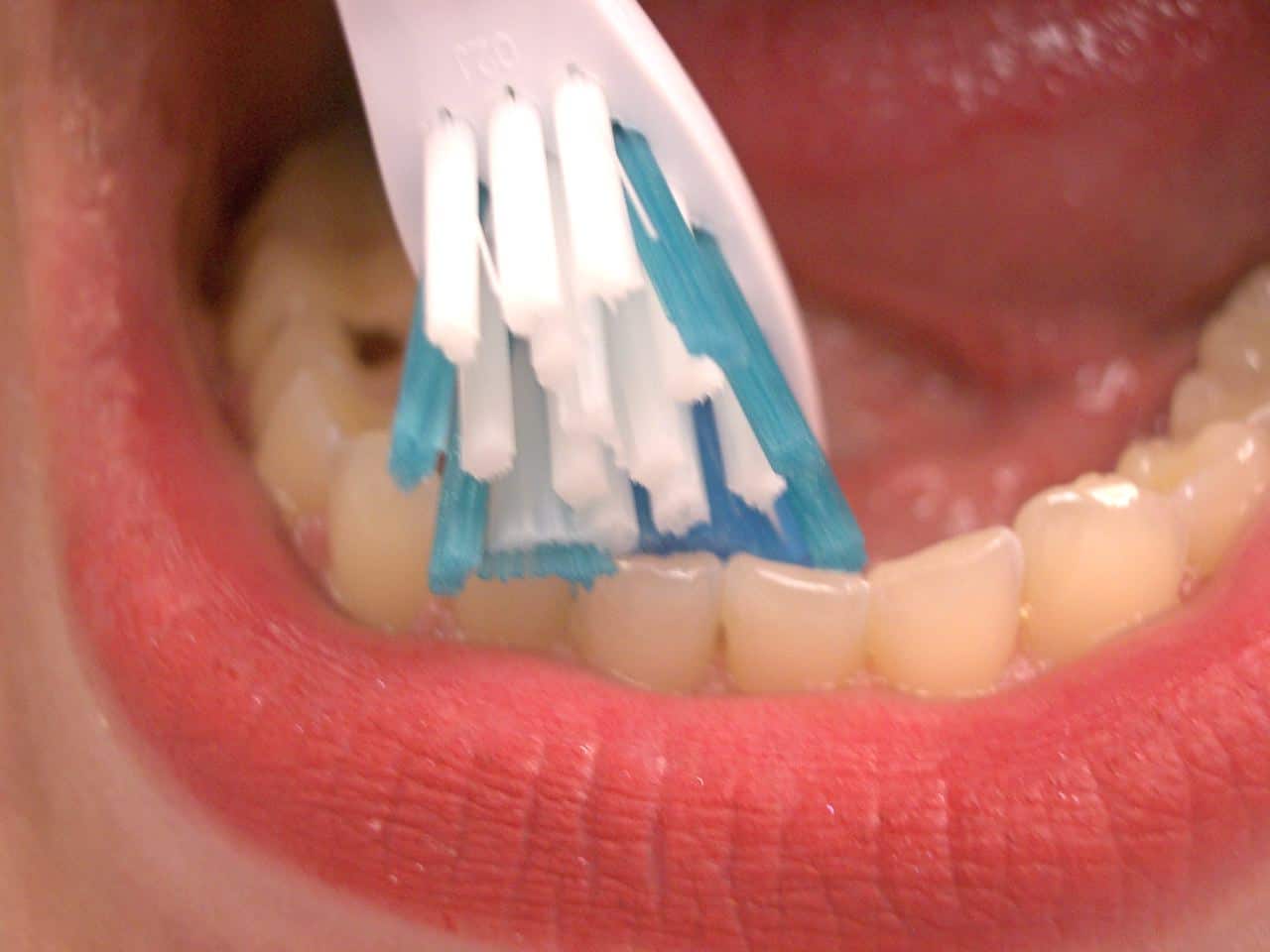
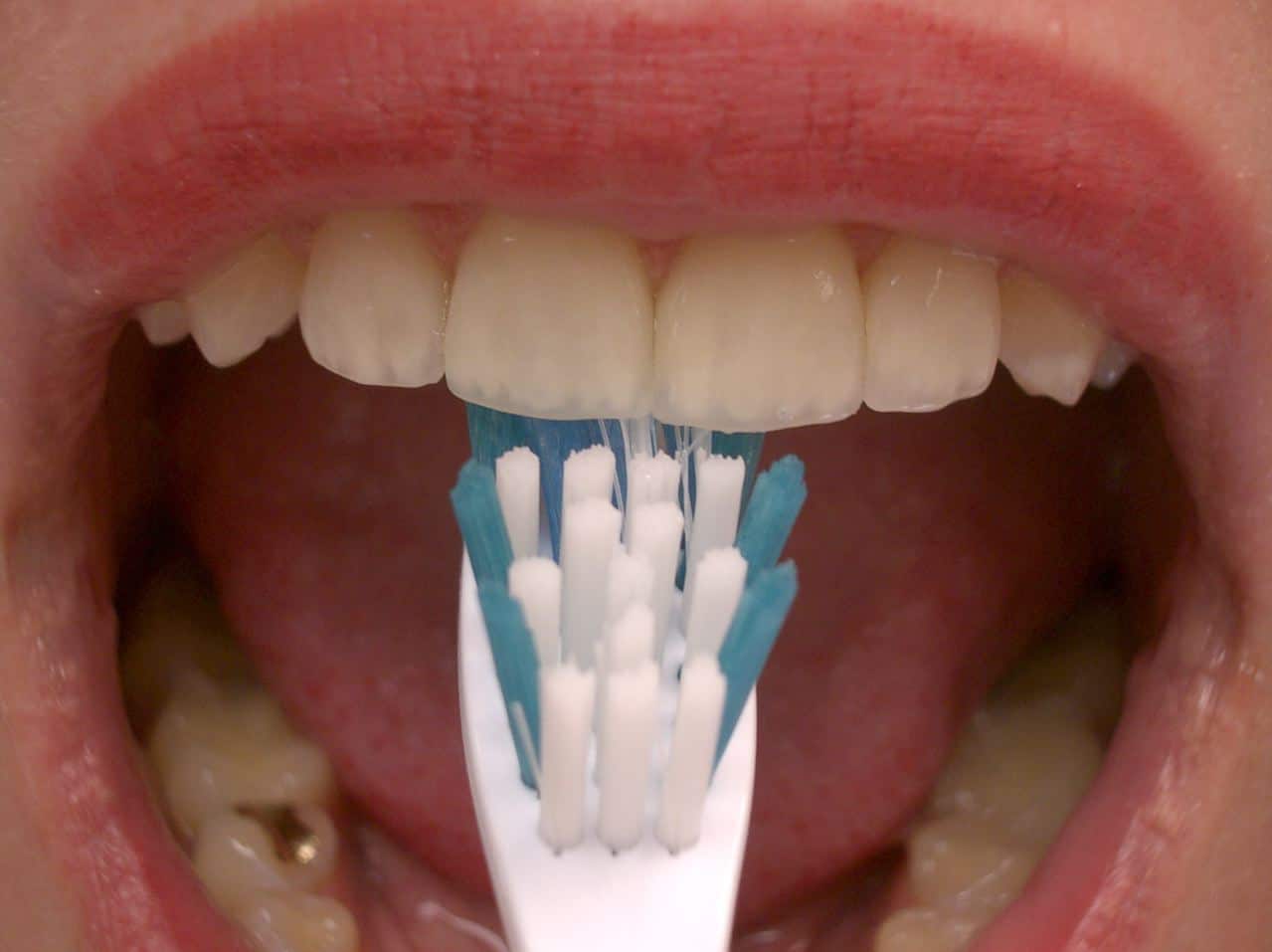
Brushing Technique (Images 1, 2, 3)
Each person has their own method of brushing; however,
- Start brushing the posterior four teeth and hold toothbrush at a 45-degree angle at the gum line, brushing in a circular motion. This sweeps plaque out of the gingival pocket.
- Go further towards the front of your mouth until you reach the next section. You should now be on the front six teeth.
- Move on to the four back teeth on the opposite side, repeating the back and forth motions.
- Once completed, apply slight pressure and brush on the biting surfaces or top of the back teeth and the inside of the front teeth, both top and bottom.
- Repeat the above for the lower teeth.
- Brush teeth for a minimum of two minutes at least twice a day.
- Brush the tongue along with your teeth.
- Don’t brush too hard because this can cause recession
Tongue:Brush the tongue in a back-to-front sweeping motion to remove food particles and freshen your mouth or you can use one of the many tongue scrapers available. Ninety percent of bad breath is caused by bacteria, and dead cells on the back of the tongue. The best way to remove odor is to remove build-up on tongue. Tongue scrapers were developed to remove these dead cells and bacteria.
Flossing of Teeth and Dental Implants
Flossing the teeth and around dental implants is a very important adjunct to tooth brushing for good oral hygiene. Studies have even demonstrated that those who floss regularly have a decrease in gum disease, bad breath, and cavity incidence, as well as prevention of bone loss around dental implants. Flossing, as many people believe, is not used to remove large food particles only, but also to remove plaque under the gums. Floss allows one to go in between the teeth and dental implants, and scrape the surfaces clear of this plaque and bacteria.
- Use an arm’s length (18 inches) of floss. Wrap around middle finger equally. In the end you should have a tight string of floss
- Use index fingers from each hand to push down or push up on the string of floss forcing it between the teeth or dental implant.
- Floss each tooth and implant forming a “C” shape with the floss each time going up and down the tooth surface. Five (5) strokes on each surface should be quite sufficient.
- A new area of floss should be introduced into each space between teeth.
How often one should floss?
The answer is that to be effective, one should floss each day on a regular basis to maintain good oral health.
What kind of floss is best?
There are many types of floss to choose from on the market. Each one works. Personal preference is up to the patient. Thickness, waxed or unwaxed, etc. are for the difficult spaces that exist in teeth. The main thing to remember is to floss on a regular basis to maintain good oral health. What if one finds it difficult using floss due to dexterity problems or a handicap? There are commercial devices that can aid one in overcoming these problems.
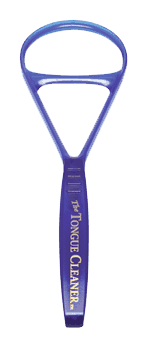
Bad Breath
Things one can do to prevent bad breath:
- Brushing and flossing regularly, including the tongue surface, decreases bad breath.
- Regularly brush the tongue.
- Go see your dentist to rule out a bad cavity or severe gum disease.
- Fibrous vegetables, such as celery sticks and carrots, aid in keeping the tongue surface clean.
- Foods rich in proteins can cause bad breath. Dairy products, meats, fish etc., cause this by breaking down the bacteria on the tongue. The proteins, in turn, cause sulfur to form which causes bad breath.
- Keep the mouth moist. Saliva flow keeps tongue surface clean. After ruling out all the above, and if odor is still noticed, more from the nose, respiratory infection may be the culprit. If noticed more from the mouth acid reflux could also be the culprit. See your physician.
